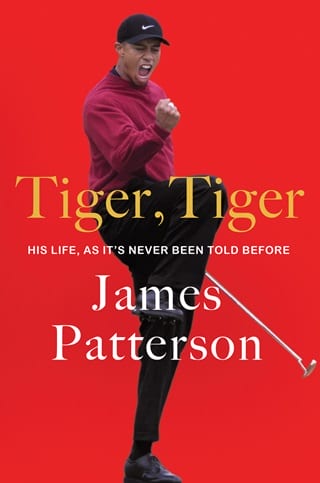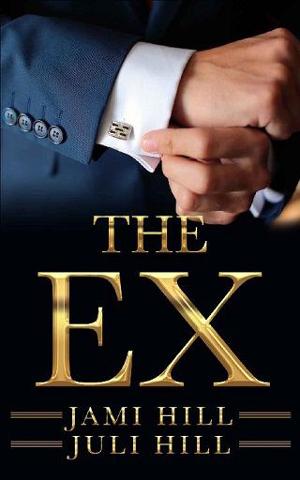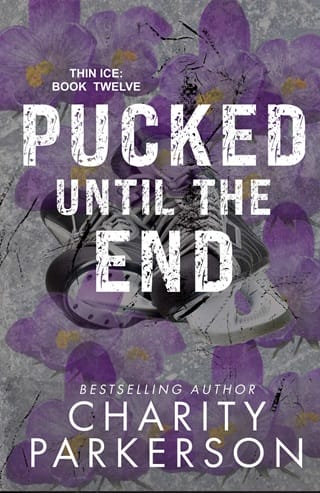Chapter 18
Stanford University
Palo Alto, California
Fall 1995
The 1995 National Collegiate Athletic Association first-team all-American puts his clubs in the back of his Toyota and drives north from Cypress to Palo Alto for the start of his sophomore year at Stanford.
“School is the most fun you’ll ever have,” Butch Harmon tells Tiger. His coach is right. Tiger does have a “great time playing golf at Stanford. Just all the practicing, playing, and qualifying” and the “fun being around each other.”
The feeling is mutual—up to a point. “It’s been a great experience, having Tiger, but it’s also been tough and has probably hurt our performance somewhat,” Casey Martin says.
In Tiger’s first season as a Cardinal, the 1993–94 NCAA team champions failed to repeat, finishing second by a stroke to Trip Kuehne’s Cowboys at Oklahoma State in a sudden-death finale. A new ten-month season (in line with the PGA and senior tour calendars) lies ahead.
On October 3, days into the fall academic quarter, Tiger receives an irresistible invitation from the King, Arnold Palmer.
“Cool,” Tiger says. “I’ll go out to dinner with Arnold Palmer.”
Back into the trunk of the Toyota go the clubs for the ninety-minute drive to Napa Valley, where Palmer’s playing the PGA Tour Champions Transamerica event at the Silverado Resort and Spa. It’s been four years since Palmer awarded Tiger the 1991 USGA Junior Amateur Championship medal.
But the stakes are higher this time. Much higher. Tiger can no longer ignore the most important question looming over him: What are the pros and cons of turning professional?
“Tiger’s got the game to do it right now,” golf analyst and two-time U.S. Open winner Curtis Strange has commented to the New York Times. “He should just go ahead and come on out here and get on with his life.”
That’s what Strange did, after all. He won the NCAA individual title in 1974 while with the Wake Forest University “Deacs,” or Deacons—the two-time NCAA champion squad Golf Digest calls “the greatest college golf team in history”—then left to turn pro in 1976.
Palmer also left Wake Forest early. It’s well known that the two-time NCAA champion (1949, 1950) left school to join the Coast Guard after the tragic death of his best friend, Bud Worsham, in a car accident. Three years later, Palmer returned to golf, becoming a PGA Tour member in 1953.
Tiger wants to hear from the King. At a quiet corner table, the two golfers swap stories about their shared passion.
“There’s not a lot of people,” Tiger says, who “can change your life” just by talking to you. Palmer is “one of those guys.” He sees the evening as educational. “I wanted to learn from him, what he did, so I wouldn’t make mistakes.”
Yet to the NCAA, that’s exactly what Tiger has done—made a mistake. News of the dinner is reported by a Chicago newspaper, prompting Wally Goodwin to ask: “Did you pick up the tab?”
“Arnold ended up picking up the tab,” Tiger tells him. “You know, I’m a college student.”
Coach Goodwin is concerned that by accepting the gift of a meal, his top player has broken article 16 of the NCAA bylaws: “Awards, Benefits and Expenses for Enrolled Student-Athletes.”
He’s right to worry. Tiger’s deemed temporarily ineligible to play in Stanford’s next tournament, the Savane College All-America Golf Classic at the El Paso Country Club. The cottonwood tree–lined course is a Chihuahuan Desert oasis between the Franklin Mountains and the Rio Grande, but Tiger won’t be walking its 6,781 yards.
“The kid was trying to learn knowledge from the legend,” Tiger’s mother, Tida, protests. “Pick his brain.”
“I was pretty angry,” Tiger says about the situation. “I didn’t do anything wrong.” He flies to Texas anyway, but there are requirements to meet before the ban can be lifted. “I’m not allowed to play a practice round. And so I had to write a $25 check to Arnold, he had to cash it, he then had to fax the copy that it was cashed to the [NCAA] to lift up my so-called violation.”
“You don’t send a kid to a tournament when his mind is not clear,” protests his mom. “It’s not fair.” After what happened with the NCAA and the Masters diaries, she says, “it’s harassment. He’s trying to stay in school and set a good example for younger kids.”
For the first time, there’s grumbling about whether Tiger ought to remain at Stanford. Says Tida, “I want him to stay for four years, but the way they’re treating him is not right.”
Tiger’s supporters on campus wear T-shirts reading IF IT’S FAIR AND REASONABLE, IT MUST BE AN NCAA VIOLATION, but only one outcome can ease the pain of this setback.
On October 22, the third and final day of tournament play, Tiger leads by a single stroke. University of Tulsa sophomore Fredrik Soderstrom has a chance to win on the dogleg par-four 18th, but he misses a two-and-a-half-foot putt, forcing a playoff.
On the first playoff hole, Tiger doesn’t allow his opponent a second chance and makes birdie to win.
Back in San Francisco, Coach Goodwin hosts an auction to raise money for the Robert Hoover East Palo Alto Junior Golf program. Tiger agrees to donate the canceled $25 check he wrote to Arnold Palmer. The winning bid is $5,000.
Home for the holidays, Tiger accompanies Tida to a Buddhist temple in Los Angeles. She asks a monk to predict what the year 1996 holds for her son.
“The Buddha said that in the beginning of the year, he be just like a fish,” the holy man says, “but later on in the year he be like a dragon.”
 Fullepub
Fullepub 



